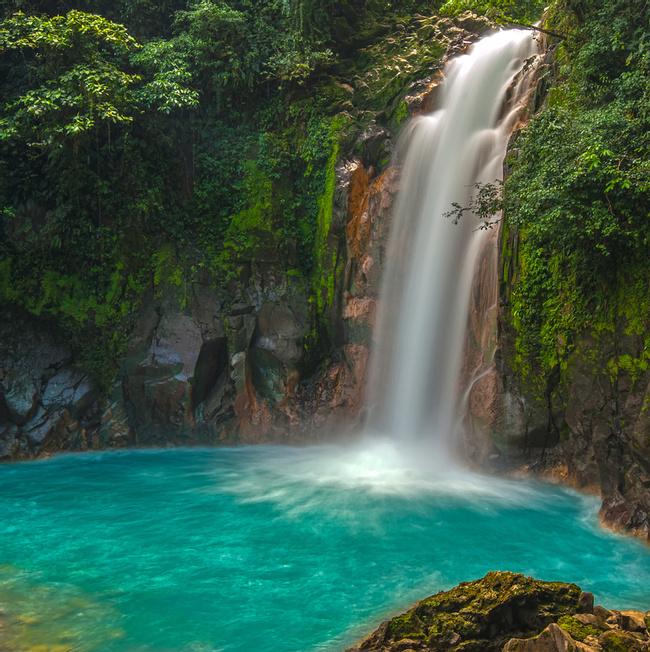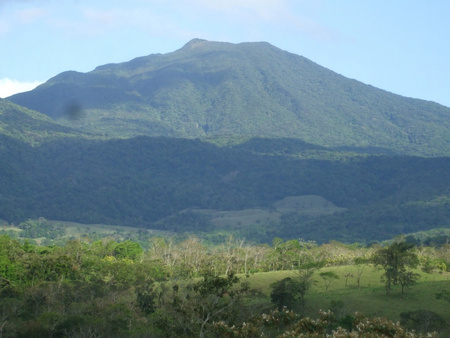What Are Costa Rica's Most Accessible Volcanoes?
The easiest volcano to view up-close is Irazú. Visitors to this volcano can drive directly to its summit. From the parking lot it's only a 2-minute walk to the viewpoint, where visitors can gaze into its incredible crater. If you decide to see this volcano's summit, you should arrive no later than 10 am, as clouds have a tendency to obscure the crater during the afternoon.

Poás is another volcano that is quite easy to see, but instead of a 2-minute walk to the rim, it is closer to a 5-minute walk. You should arrive no later than 9 am to see the crater.
If it isn't cloudy, it's possible to see the Arenal Volcano from nearly everywhere around the town of La Fortuna, and from the hotels that are scattered around its massive base. You can walk around the lower slopes of Arenal at the national park, but you cannot get close to the top, as it is far too dangerous.
Cerro Chato flanks the Arenal Volcano and is a crater volcano as well. Dense forests blanket its hillsides, making it one of the most beautiful hikes in Costa Rica. But take note - this hike includes a steep ascent along an often very muddy trail.
Rincón de La Vieja is another crater volcano, but it is a grueling 5 mile (8 km) hike from the entrance of the national park to the crater's rim. The ascent up Rincón typically takes around 3.5 hours and should only be attempted by determined hikers.
Turrialba is also a crater volcano, but it has become unpredictable and is therefore no longer accessible to visitors. If the park were to re-open, it is a short hike from the parking lot to the crater.
The Tenorio and Mirravalles volcanoes are up-and-coming destinations. Visitors come for the hiking, the bird watching, and the view of the stunningly blue waters of the Río Celeste.
Related Questions
See all questionsIt's more than just having a good time or visiting beautiful places (although that's absolutely a part of it!), it's about being part of a unique experience that stays with you.




